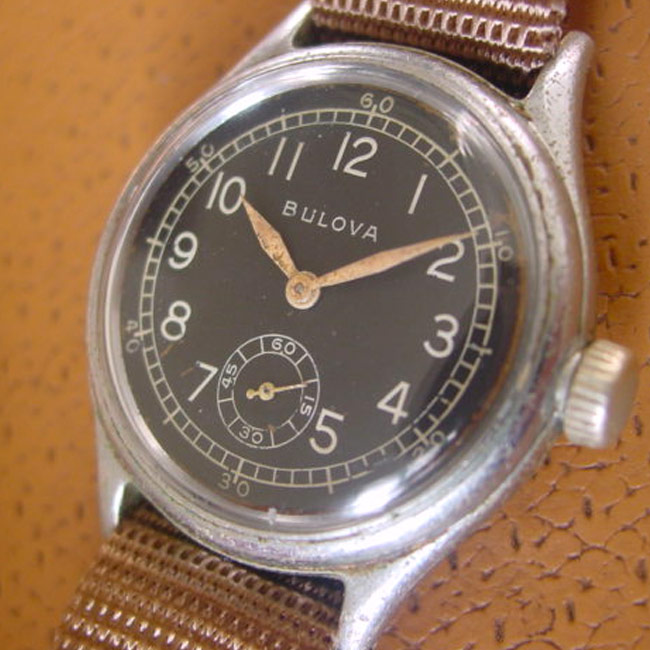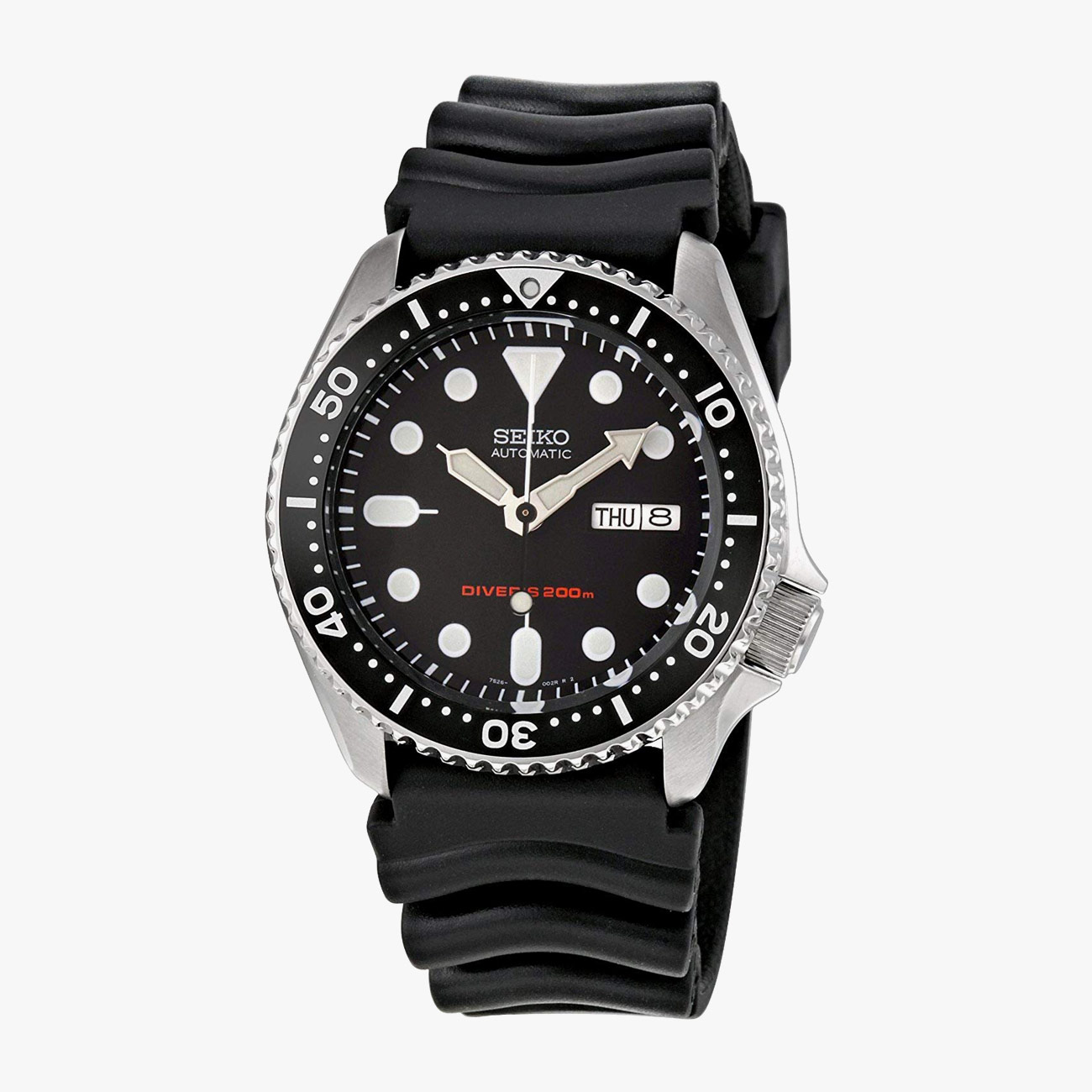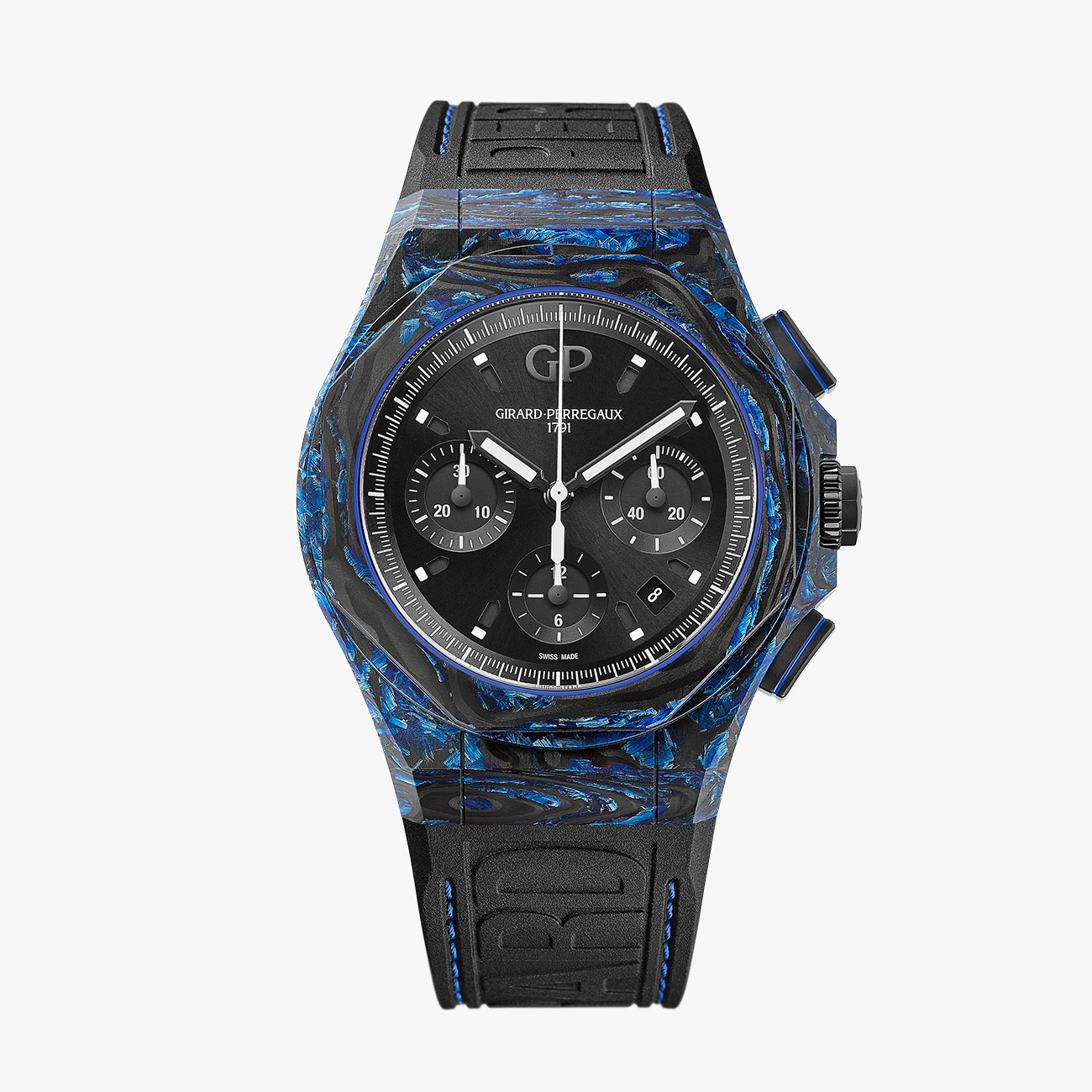The fine art of watchmaking will forever be rooted in centuries-old traditions. However, modern watchmakers never cease to adapt with the times. In recent years, brands have devoted much of their research and development efforts to one particular area of interest: the evolution of new materials. Today, watchmakers are utilizing more cutting-edge materials in their creations than ever before.
In the early days of watchmaking, artisans painstakingly crafted each and every component by hand. Up until around the twenty-first century, these elements were made of materials like precious metals, chrome-plated brass, and then, stainless steel. Industrialization inevitably led to larger scale production, which resulted in a more efficient and less tedious method of manufacturing watches. It also led to the development of new materials that helped to bolster the efficiency of the watch itself.
Aesthetic preferences aside, you may give little thought to the materials your watch is made of. However, the use of different materials in watchmaking goes far beyond the look of a traditional two-tone design versus a futuristic PVD-coated stainless steel. Brands are employing state-of-the-art materials in their watches from the inside out. They not only give models a new appearance but also help to increase durability and reduce weight. Here, we’ve compiled a guide to these watchmaking materials, from time-tested standbys to the latest innovations.
Watchmaking Materials
Ruby

You may have heard about the number of “jewels” of a particular watch movement. Prior to the twentieth century, watchmakers used natural jewels as the bearing for the wheel trains and other elements susceptible to the most wear and tear, like the escape lever. These jewels help to reduce friction and increase accuracy. In 1902, a French chemist by the name of Auguste Verneuil established a method to create synthetic jewels or rubies, which are used today in modern watch movements.
Gold

Precious metals have been a part of watchmaking since the beginning of horology. Gold in all its forms — yellow, white, rose, and red — has been a crucial material for a number of parts of the watch. The most common place you’ll find gold is the watch case. (Up until the beginning of the twentieth century, gold was by and large the most popular case material.) In the early days of watchmaking, manufacturers also used precious metals like gold in the watch’s movement.
Nickel-Plated Brass

Photo: eBay seller Jaxpicker
As watchmakers expanded upon the materials they employed, they looked to other industries. Manufacturers have used nickel-plated brass for a number of applications, from weaponry to basic nuts and bolts. Nickel-plated brass appealed to watchmakers mostly because it was a less expensive alternative to precious metals and stainless steel, and more corrosion-resistant than brass. This last quality is essential for components of the watch and their longevity. In early timepieces, watchmakers used nickel-plated brass for both internal and external elements, from parts of the movement to the case.
Stainless Steel

Watchmaker’s use of stainless steel forever altered the landscape of modern timepieces. It made its debut in the 1930s and has since replaced gold as the most popular and widely used case material. Compared to gold, stainless steel is more lightweight, corrosion-resistant and cost effective. The growing number of stainless steel watches also reflects the evolution of the watch’s style and purpose at large. Gold was a fitting material when timepieces were more of a jewelry item and status symbol. Today, many watches are more sporty and utilitarian in nature and design.
Bronze

Bronze is one of the earliest materials employed by man, dating back to the mid-fourth millennium BC. Yet, this age-old component has only recently surged in popularity among watchmakers. Watch brands initially used bronze for its utility. Bronze cases are a nice option for dive watches because of the material’s non-corrosive and anti-magnetic qualities. Now, bronze watches have gone beyond function and into fashion. The beauty of bronze from a design perspective is in the way it ages — over time, the alloy acquires a distinctive patina that’s totally unique.
Silicon

The use of silicon in watchmaking has been one of the industry’s biggest game changers. Watchmakers first started experimenting with silicon around the new millennium, and since then, countless watch companies have replaced metal parts with silicon, primarily within the movement. Silicon has a number of advantages over metal — it’s lightweight, temperature-resistant, frictionless, and antimagnetic as well as harder and stronger than metal. Silicon parts essentially allow the movement to run at a higher frequency, the result of which is a more accurate watch.
Ceratanium

Hybrid materials are one of the latest trends in watchmaking. In 2017, we saw the first appearance of Ceratanium from IWC. This alloy combines titanium and ceramic. As opposed to methods like coating or plating, IWC actually bonds the two materials together. The result is lightweight, scratch-resistant, and ultra-strong. Its rich black hue doesn’t look too shabby on the wrist, either.
Titanium

Several decades after stainless steel hit the watch market, titanium came into play. Citizen was the first to debut the material in a timepiece in 1970. Despite titanium being one of watchmaking’s most comfortable materials (and very light), it’s never become quite as prevalent as stainless steel. While it shares many of the same advantages, like being durable, and corrosion-resistant, it’s more costly. Still, there are a number of titanium watches on the market today. You’ll most often find it used in dive and tool watch models.
PVD and DLC Coatings

All-black watches have been a trend in recent years — however, the style dates back to the 1970s. The difference between the original blacked-out watches and their modern counterparts is the process of obtaining the distinctive monochrome hue. Early variations used a powder-coated paint that scratched easily, compromising the sleek look. Today, watchmakers use new techniques called physical vapor deposition (PVD) and diamond-like coating (DLC). Both methods allow watchmakers to add a thin, hard coating to stainless steel that’s nearly impossible to scratch.
Carbotech

Panerai pioneered a material called Carbotech just a few years ago in 2015. This ultra-tough component is made of reinforced carbon fiber, making it perfect for the brand’s rugged and utilitarian designs. The material’s composition also gives it a distinctive grain, so it looks just as good as it performs.
Carbon Glass

Carbon glass is another material that’s new to the field of watchmaking. Girard-Perregaux is the first to employ this revolutionary component in one of the latest additions to their Laureato Absolute collection. This iteration of carbon integrates pigmented glass fibers during a high temperature injection. The result is 100 times stiffer than steel and a truly one-of-a-kind look.
Nivachron

In 2018, the Swatch Group announced the development of a brand new alloy called Nivachron in partnership with Audemars Piguet. They created the material as an alternative to silicon for parts of the movement, like the hairspring. Nivachron has a complex composition with a titanium base, allowing it to retain the malleability of metal alloys while remaining anti-magnetic as well as temperature- and shock-resistant.

